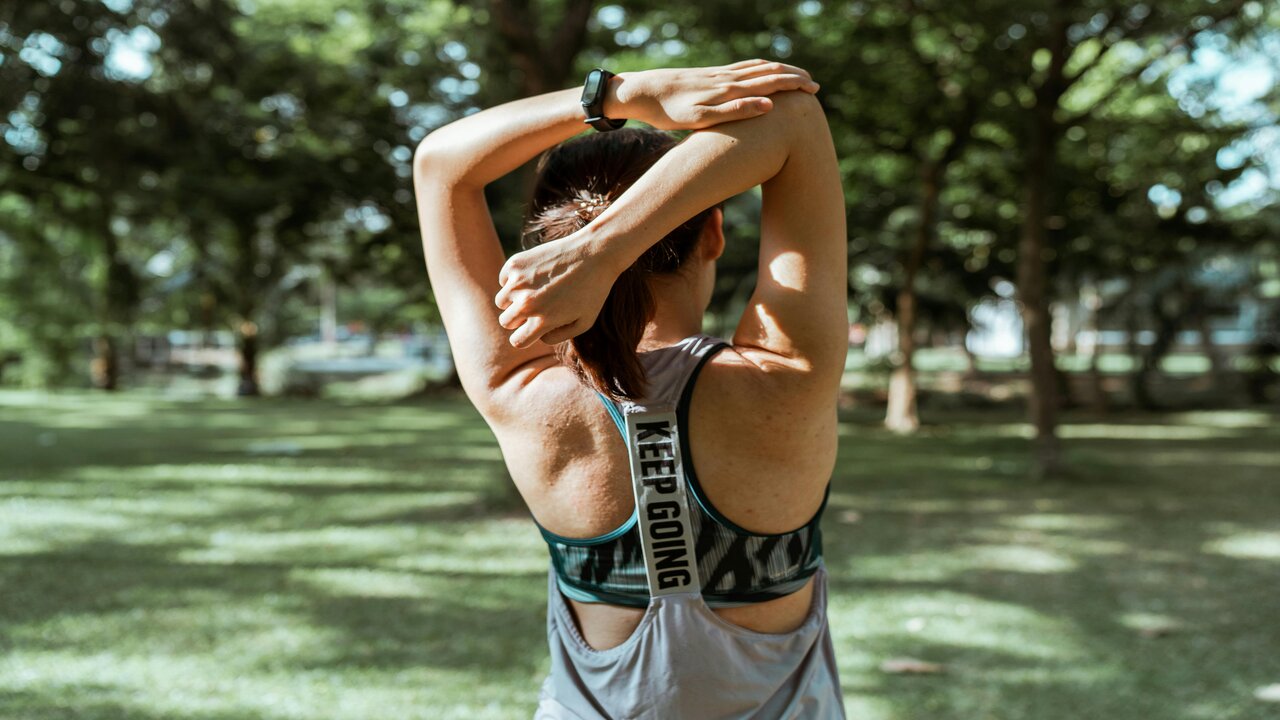Functional fitness has gained popularity as a holistic approach to exercise that focuses on improving movement patterns, mobility, stability, and strength to enhance performance in everyday activities and functional tasks. Unlike traditional gym workouts that isolate individual muscle groups, functional fitness emphasizes movements that mimic real-life activities and improve overall functional capacity. In this comprehensive guide, we’ll explore the principles, benefits, exercises, and training strategies of functional fitness, as well as practical tips for integrating it into your fitness routine.
Understanding Functional Fitness
Definition: Functional fitness refers to exercises and training methods that aim to improve functional movement patterns and enhance performance in activities of daily living (ADLs). Rather than isolating specific muscles or body parts, functional fitness focuses on multi-joint movements, compound exercises, and dynamic movements that engage multiple muscle groups and promote integrated movement patterns.
Principles: The principles of functional fitness include movement quality, mobility, stability, balance, coordination, and proprioception. Functional fitness exercises prioritize movement patterns that translate to real-life activities, such as squatting, bending, lifting, pushing, pulling, and rotating. The goal is to improve overall movement efficiency, joint integrity, and functional capacity for daily tasks and recreational activities.
Benefits of Functional Fitness
Improved Movement Quality: Functional fitness exercises promote movement quality by addressing imbalances, weaknesses, and compensatory patterns that contribute to poor posture and movement dysfunction. By emphasizing proper movement mechanics and alignment, functional fitness helps individuals move more efficiently and effectively in everyday life.
Enhanced Functional Capacity: Functional fitness enhances functional capacity by improving strength, flexibility, mobility, stability, and coordination across multiple movement patterns. By training the body to perform integrated movements that mimic real-life activities, individuals can enhance their ability to perform daily tasks, such as lifting groceries, climbing stairs, or playing with children, with ease and confidence.
Injury Prevention: Functional fitness exercises help prevent injuries by addressing muscular imbalances, mobility restrictions, and movement dysfunctions that contribute to overuse injuries and biomechanical stress. By strengthening stabilizing muscles, improving joint mobility, and promoting proper movement mechanics, functional fitness reduces the risk of injury during daily activities and recreational pursuits.
Functional Strength and Power: Functional fitness develops functional strength and power by emphasizing multi-joint movements, compound exercises, and dynamic movements that engage multiple muscle groups simultaneously. By training the body to generate force and power across various movement patterns, individuals can improve their ability to perform tasks that require strength, power, and coordination, such as lifting, carrying, and pushing.
Improved Balance and Coordination: Functional fitness exercises enhance balance and coordination by challenging the body to maintain stability and control during dynamic movements and unstable surfaces. By incorporating balance exercises, proprioceptive drills, and coordination drills into workouts, individuals can improve their ability to maintain equilibrium and perform movements with precision and control.
Components of Functional Fitness
Mobility: Mobility exercises focus on improving joint range of motion, flexibility, and movement efficiency. Examples include dynamic stretching, foam rolling, joint mobilizations, and yoga-inspired movements that target specific areas of the body, such as the hips, shoulders, spine, and ankles.
Stability: Stability exercises aim to strengthen stabilizing muscles and improve neuromuscular control to enhance joint stability and alignment. Examples include single-leg exercises, balance exercises, core stabilization exercises, and proprioceptive training drills that challenge balance and coordination.
Strength: Strength exercises focus on developing functional strength and power through multi-joint movements, compound exercises, and resistance training. Examples include squats, deadlifts, lunges, push-ups, rows, and overhead presses that target major muscle groups and movement patterns.
Power: Power exercises involve explosive movements that require rapid force production and maximal effort. Examples include plyometric exercises, medicine ball throws, kettlebell swings, and Olympic lifts that develop power, speed, and athleticism.
Functional Movements: Functional movements mimic real-life activities and improve overall movement quality and efficiency. Examples include squats, lunges, hinges, pushes, pulls, twists, and carries that replicate movements performed in daily tasks and recreational activities.
Training Strategies for Functional Fitness
Movement Assessment: Start by assessing movement quality, mobility, stability, and flexibility to identify areas of weakness, imbalance, or dysfunction. Use movement screens, assessments, or evaluations to pinpoint specific areas for improvement and tailor your training program accordingly.
Functional Training Exercises: Incorporate a variety of functional training exercises into your workouts that target different movement patterns, muscle groups, and fitness components. Include exercises for mobility, stability, strength, power, balance, and coordination to develop well-rounded functional fitness.
Progressive Overload: Progressively overload your workouts by gradually increasing the intensity, duration, or resistance of exercises over time. Start with basic movements and gradually advance to more challenging variations, heavier weights, or higher intensity exercises as you build strength, stability, and confidence.
Balance and Coordination Drills: Include balance and coordination drills in your workouts to improve proprioception, spatial awareness, and motor control. Incorporate exercises such as single-leg balance, stability ball drills, agility ladder drills, and reactive balance exercises to challenge balance and coordination.
Functional Movement Patterns: Emphasize functional movement patterns in your workouts that replicate real-life activities and enhance everyday movement efficiency. Focus on movements such as squatting, bending, lifting, pushing, pulling, twisting, and carrying that engage multiple muscle groups and promote integrated movement patterns.
Practical Tips for Functional Fitness
Focus on Form: Prioritize proper form and technique during functional fitness exercises to maximize effectiveness and reduce the risk of injury. Pay attention to alignment, posture, and movement mechanics, and adjust exercises as needed to maintain proper form throughout the workout.
Start Slowly: Begin with low-intensity exercises and gradually progress to more challenging movements as you build strength, stability, and confidence. Listen to your body and progress at a pace that feels comfortable and sustainable for your fitness level and abilities.
Include Recovery Strategies: Incorporate recovery strategies such as foam rolling, stretching, mobility



